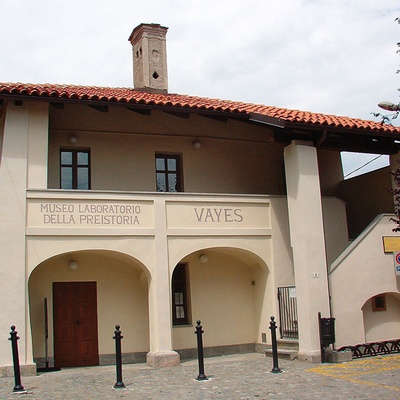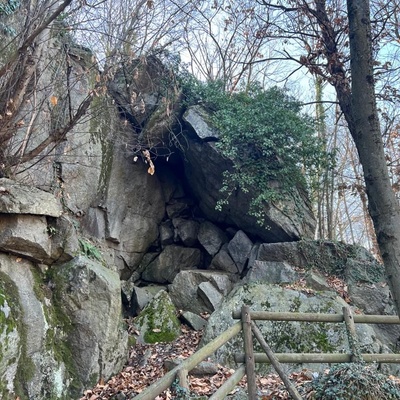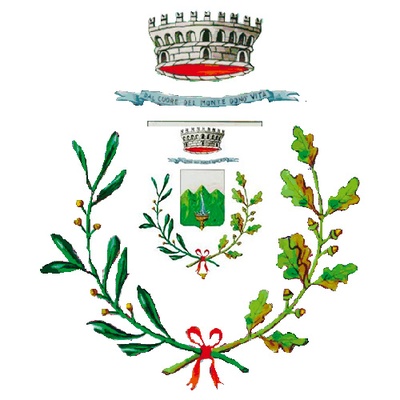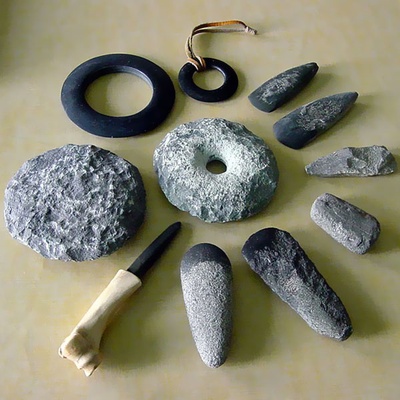






Via I Maggio, 40, Vaie, 10050 Vaie
Vaie, a mountain village situated on the right orographic bank of the Dora river, has its first community nucleus dating back to the Neolithic age, as evidenced by the presence of the balma known as Riparo Rumiano, named after the person who discovered it. The site was identified at the end of the 19th century, when numerous ceramic artifacts and polished stones were found during quarrying activities in the construction stone quarry (gneiss), indicating intense commercial activities, including trade with the neighboring regions. The recent Prehistory Laboratory Museum with the Archaeological Path offers visitors a collection of experimental reconstructions and casts of artifacts, along with structured educational programs for different audiences. The village, also developed due to the presence of the ancient road to France, was under the influence of the Abbey of St. Michael, which owned lands and rights in the area. Among the religious buildings in the village, worth mentioning is the church of San Pancrazio uphill from the village, dedicated to the healing saint following a vow made during a typhoid epidemic; every May, a sacred representation of the saint's martyrdom is staged. The parish in the village is instead dedicated to S.Margherita (1865). The local economy has always been based on subsistence agricultural production and some trade with nearby markets: maize, wheat, and chestnuts. Other economic activities included charcoal production and extraction of ornamental stone, which supplemented the production of Borgone Susa, S.Giorio, and Villar Focchiardo. A family tradition is the production of canestrelli, thin waffles with a lemon scent cooked on special irons: the Canestrello of Vaie is a trademark with production regulations that are promoted every May through a market exhibition within the Gustovalsusa event.



